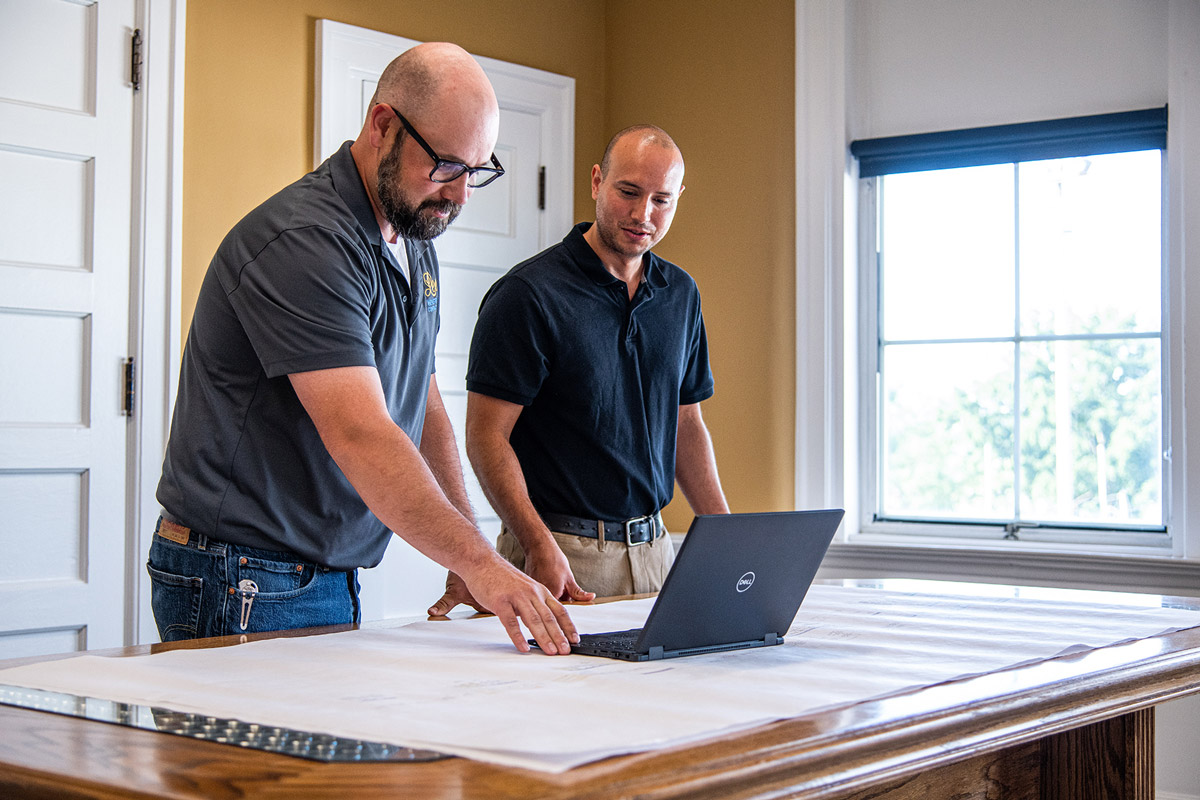
Timelines, milestones and deadlines cause many sleepless nights for industrial contracting project managers, especially as the substantial completion date approaches. It’s challenging enough to meet key milestones in normal times, but given the challenges of the current contracting environment, it can be the stuff of nightmares and potential liquidated damages.
Project management company TeamStage reports more than 61 percent of US construction project owners say only 25 percent of projects were delivered within 10 percent of the original timeline. What management strategies can be implemented to overcome these obstacles?
Planning and Tracking
Contracting projects exist in a fluid state from start to finish and require thorough planning and tracking to meet project timelines. There are three types of planning needed for a successful construction project.
Operational Planning involves evaluating resource availability, identifying shortfalls and scheduling work activities to meet contract timelines.
Safety Planning identifies site hazards and develops procedures for avoidance and mitigation.
Tracking is ongoing during the construction phase and is used to determine whether work is being carried out properly and on schedule.
Asking “What if?” during planning activities can help identify potential problems and provides an opportunity to develop resolution strategies.
Modern project management software can provide a seamless method for project control. These tools range from simple digital spreadsheets all the way to complex solutions that present a continuously-updated dashboard view of every aspect of a project.
Optimizing Scheduling
A construction project as a whole is daunting. Breaking down the process into smaller, more manageable components by creating a work breakdown structure (WBS) helps meet milestones and stay on target for project timelines. The use of Gantt charts and other visual aids assist in schedule optimization and are especially helpful as the project evolves.
For most work, the critical path method will give the insight required to control scheduling. Using critical path as a part of contingency planning, project sequencing becomes apparent and timeline adjustments can be made in response to delays caused by weather, supply chain interruptions, change orders and other unexpected events.
Communications
Clear and effective communications can be the deciding point between project success and profitability and sub-par performance. Deciding early on what information needs to be communicated – and how often it is shared – will help identify problems before they can spiral out of control.
Project success depends on relationships that have open and honest communications. Create a safe environment where problems can be communicated without damaging the trust and respect necessary to successful outcomes.
While communications challenges such as handwritten notes, missed phone calls, unread emails and siloed information characterized project communications in the past, today’s technologies can nearly eliminate the confusion that results from poor communication.
Collaborative software goes beyond simply passing information from team to team. Digital offerings can help avoid misunderstandings and conflicts by providing a single source of project truth accessible by all teams regardless of device or location.
Regular team meetings and progress updates also contribute to maintaining clear and concise communications. While it’s tempting to rely on digital tools to supplement or even supplant meetings, time should be carved out for face-to-face gatherings on a regular basis.
Resource Availability
Manpower and material issues, particularly shortages of skilled tradespersons, continue to dog industrial contracting and negatively affect timeline adherence. According to Associated General Contractors, 80 percent of contractors continue to have labor issues, even with increased pay, bonuses and benefits. Supply chain issues also persist and are not expected to ease in the near term, affecting schedules and resulting in price swings that can be the deciding factor in whether new projects are undertaken.
When considering a new project, ask the hard risk assessment questions upfront. Does the contract present a realistic timeline that can be met with current resources? What happens if supplies are delivered late or are not available? Companies that don’t ask or adequately answer these types of questions can be setting themselves up for failure.
Risk assessment is a critical component of project planning. Creating a proactive risk management process provides a framework to compare available resources with project requirements. Include use of a risk register in the process to identify, analyze and map out risks before they affect project execution.
Project timelines ultimately control every phase of industrial contracting. Creating and executing effective scheduling, communications and resource strategies from the start are proven ways to ensure meeting project timelines.
Lee Contracting has never missed a deadline in our long history. Contact us to put the Lee Advantage to work for you.


